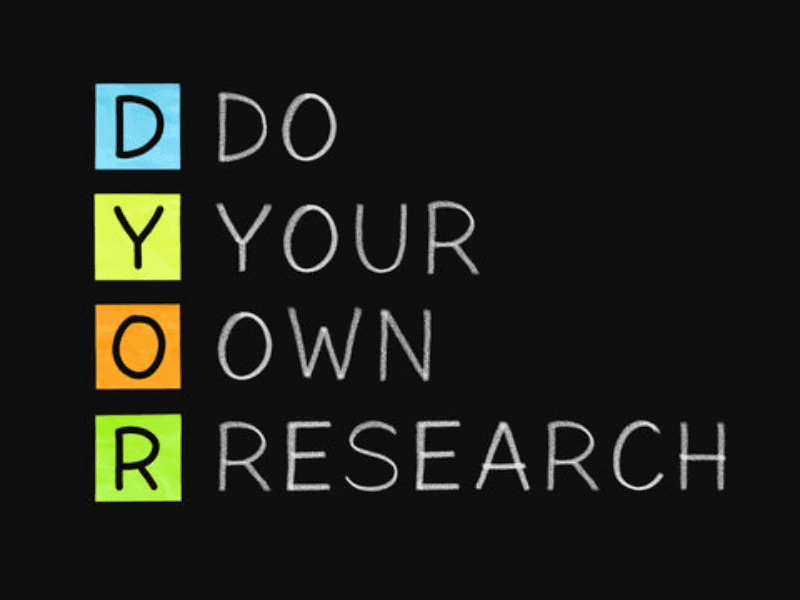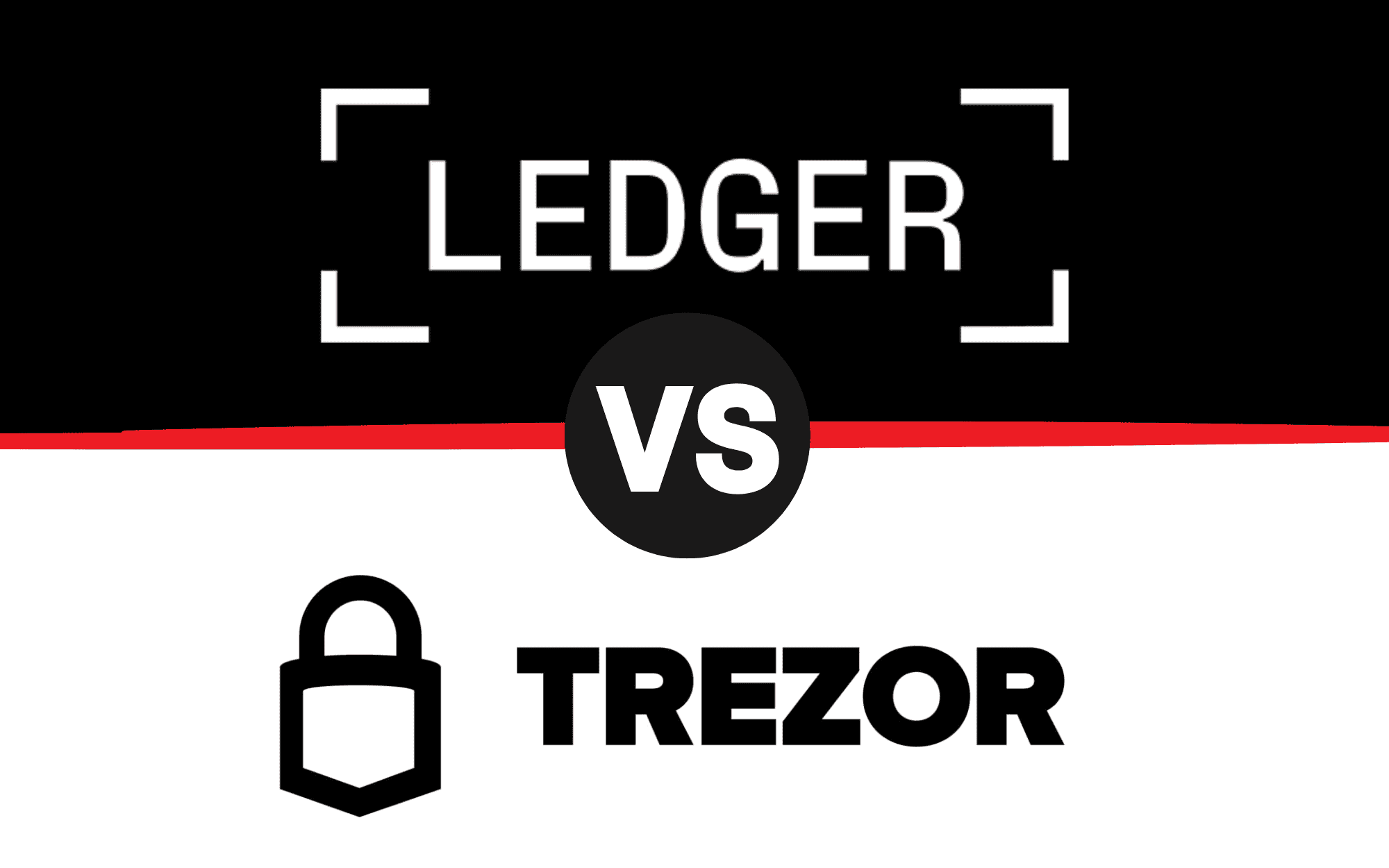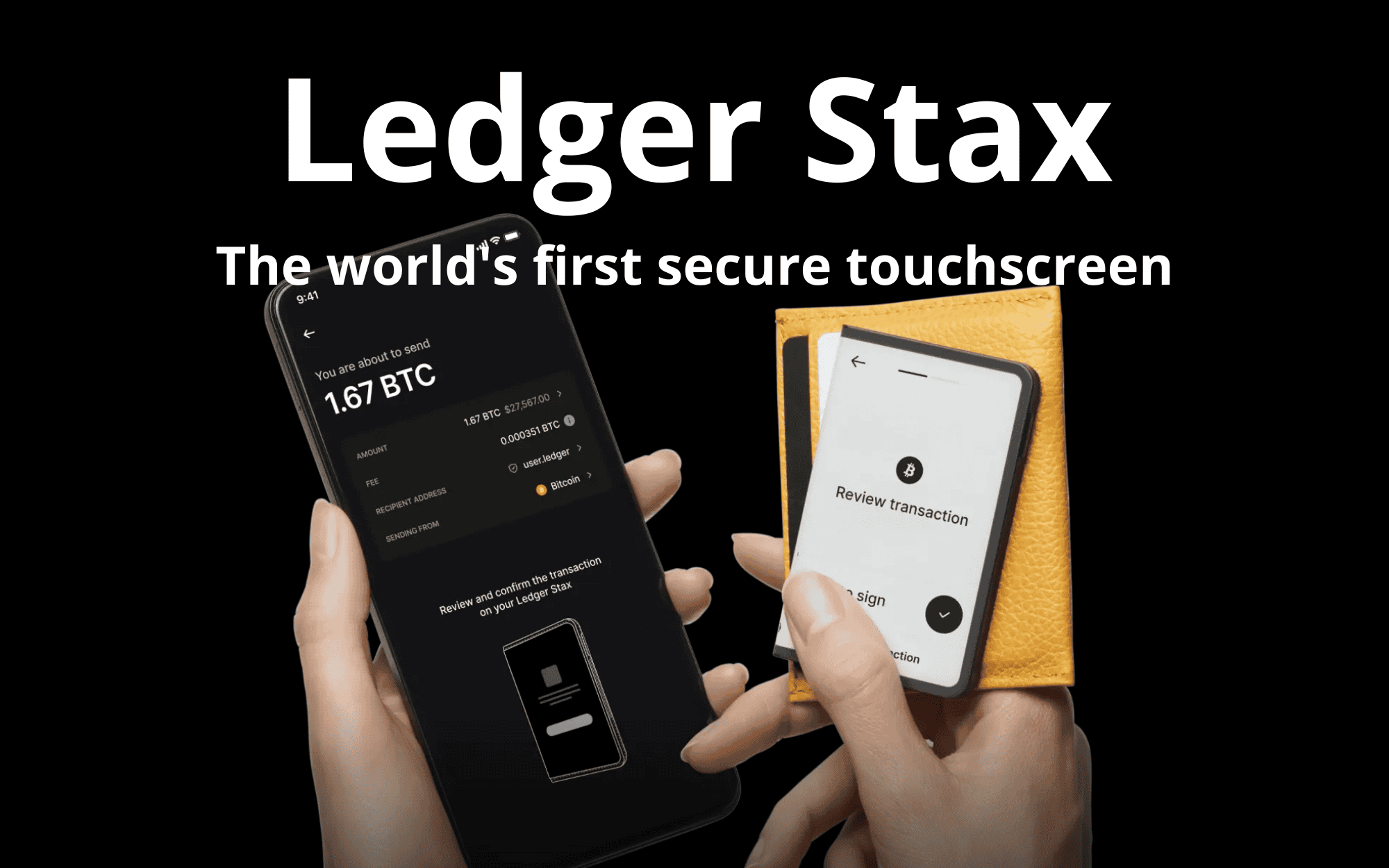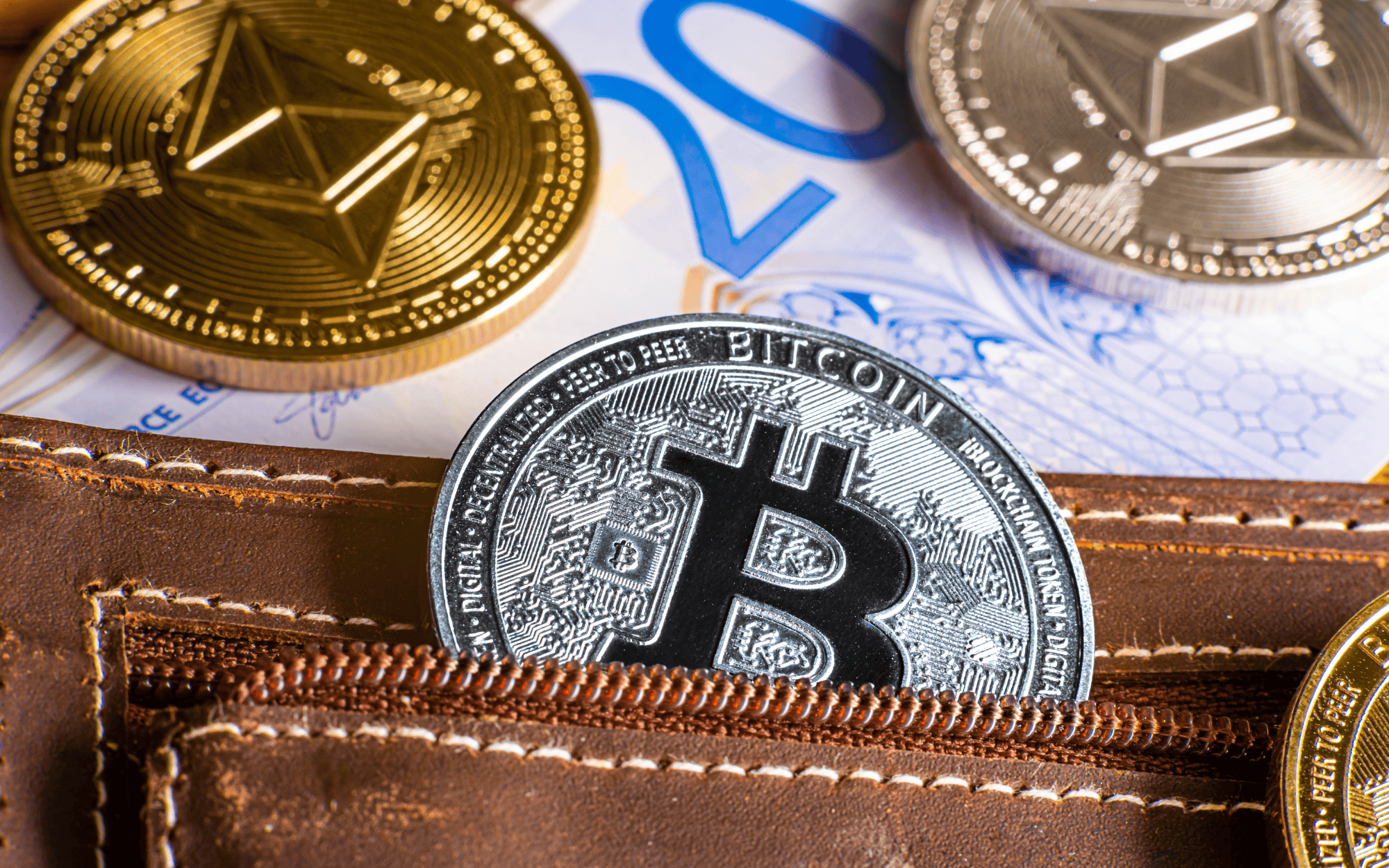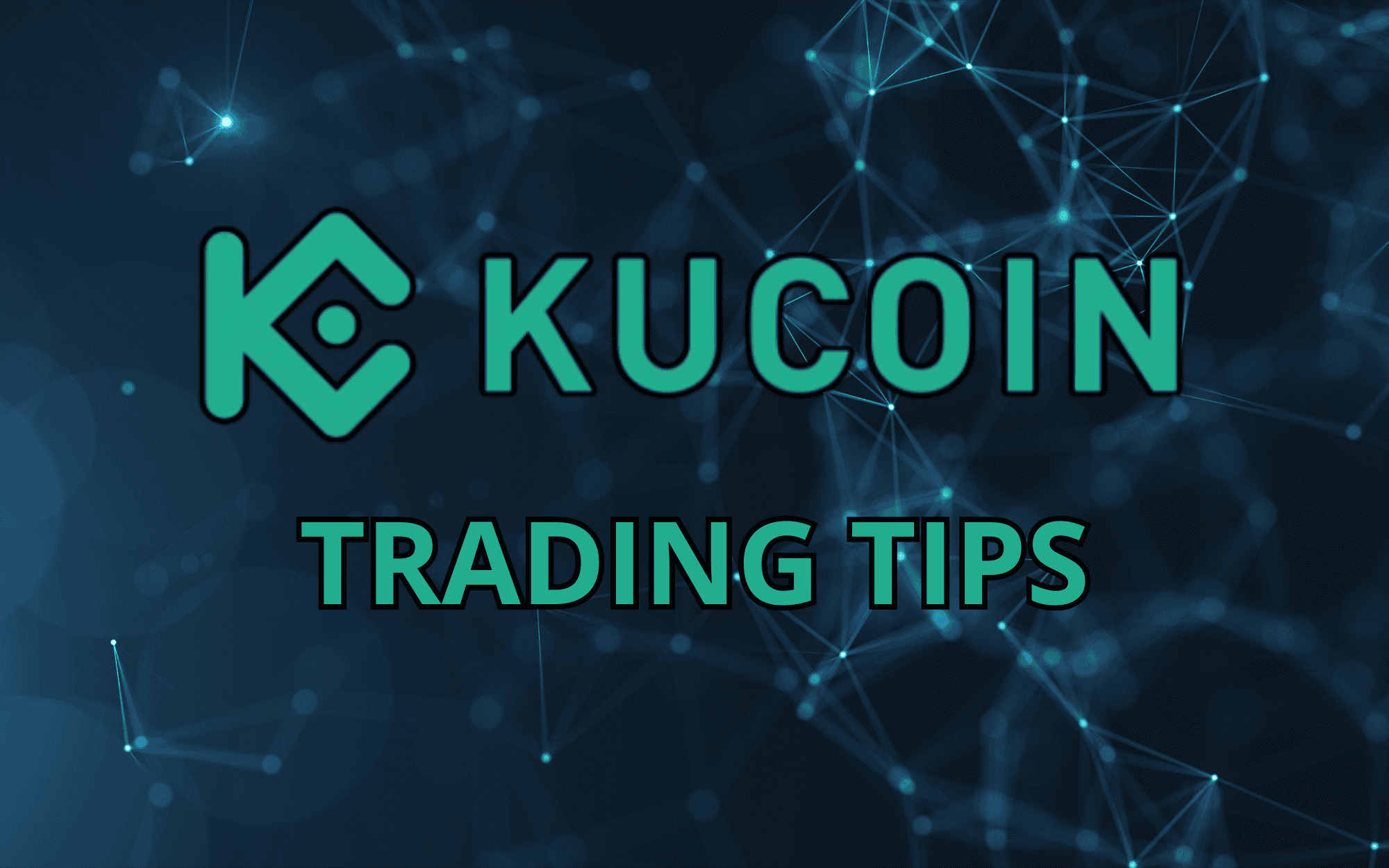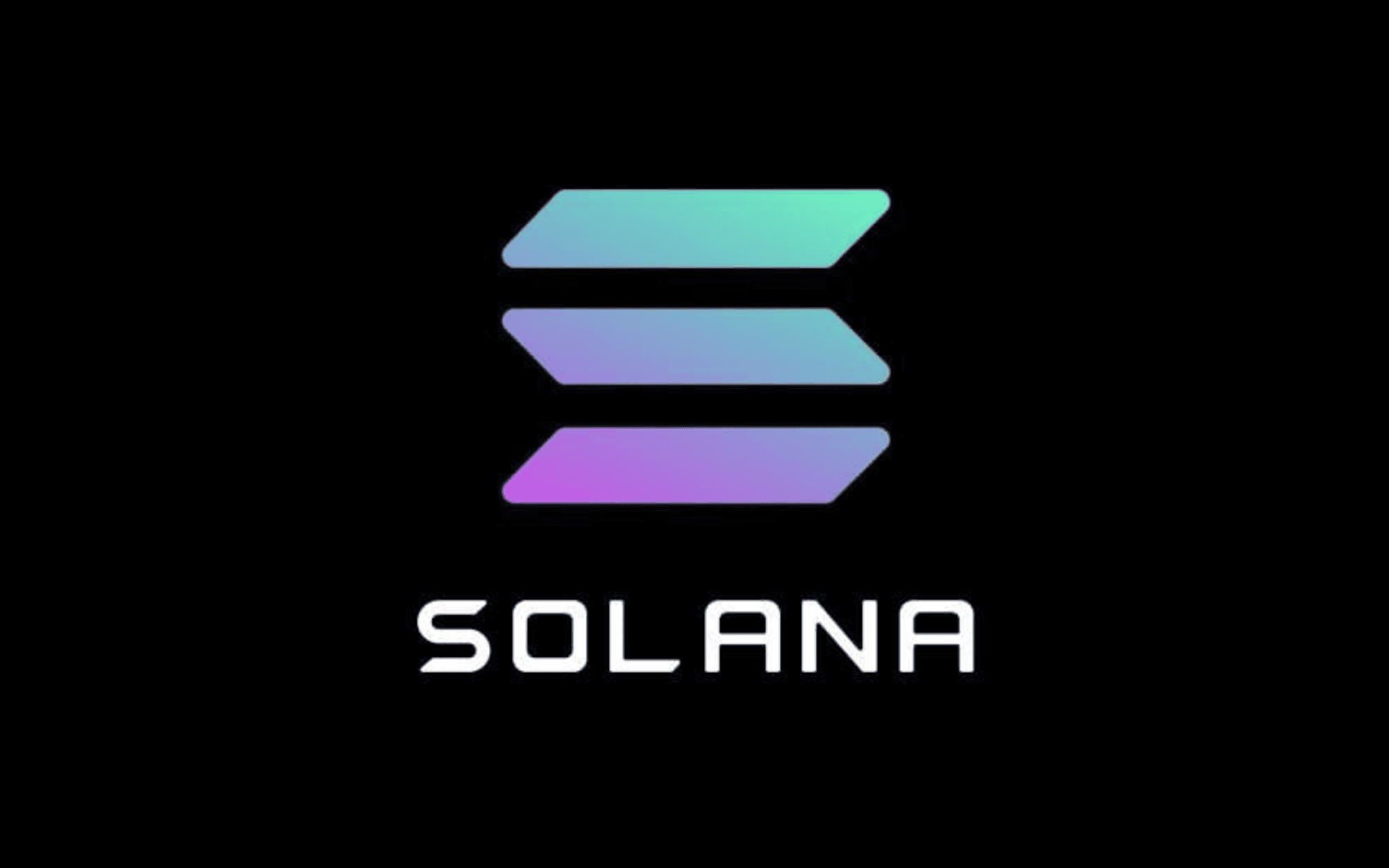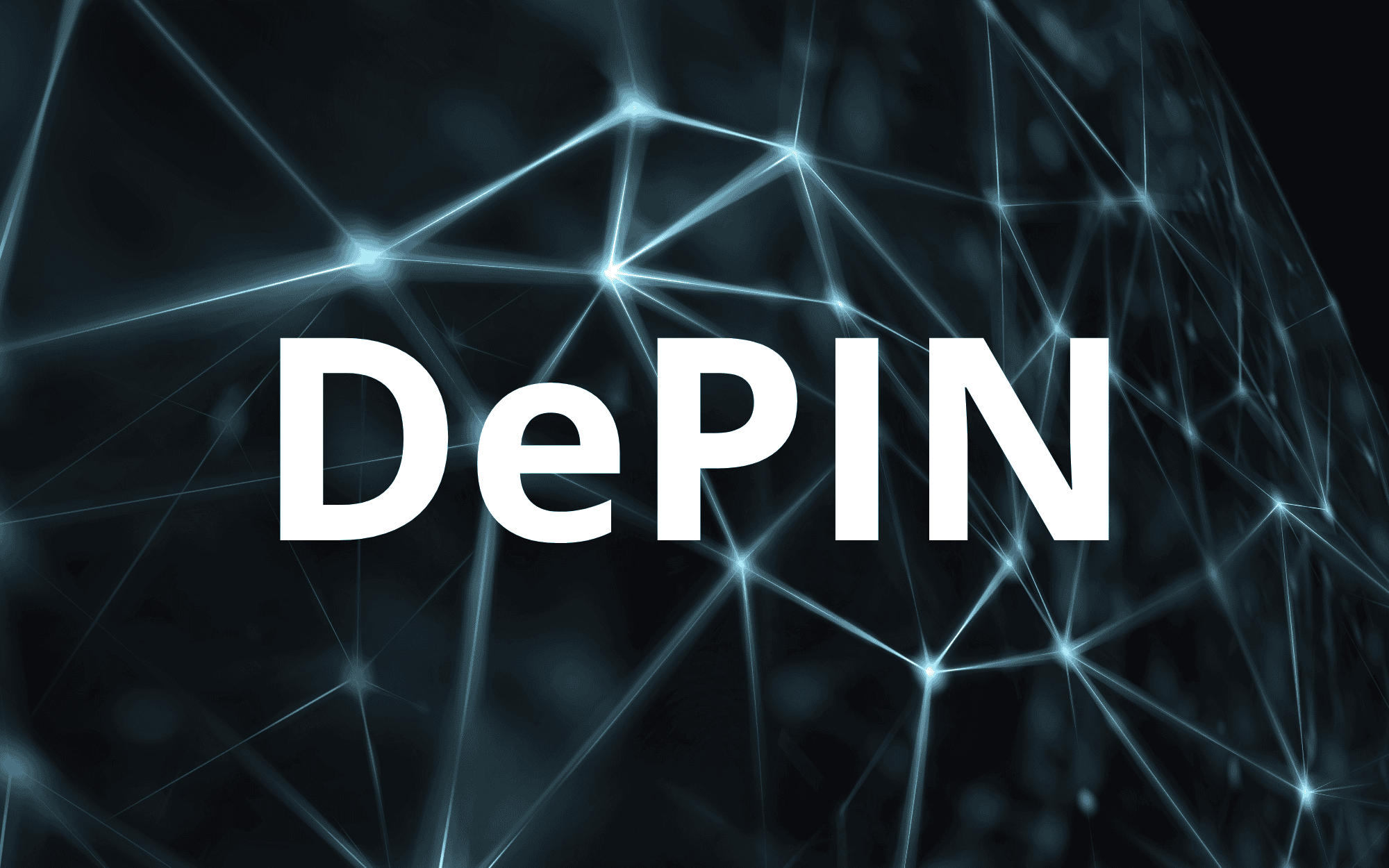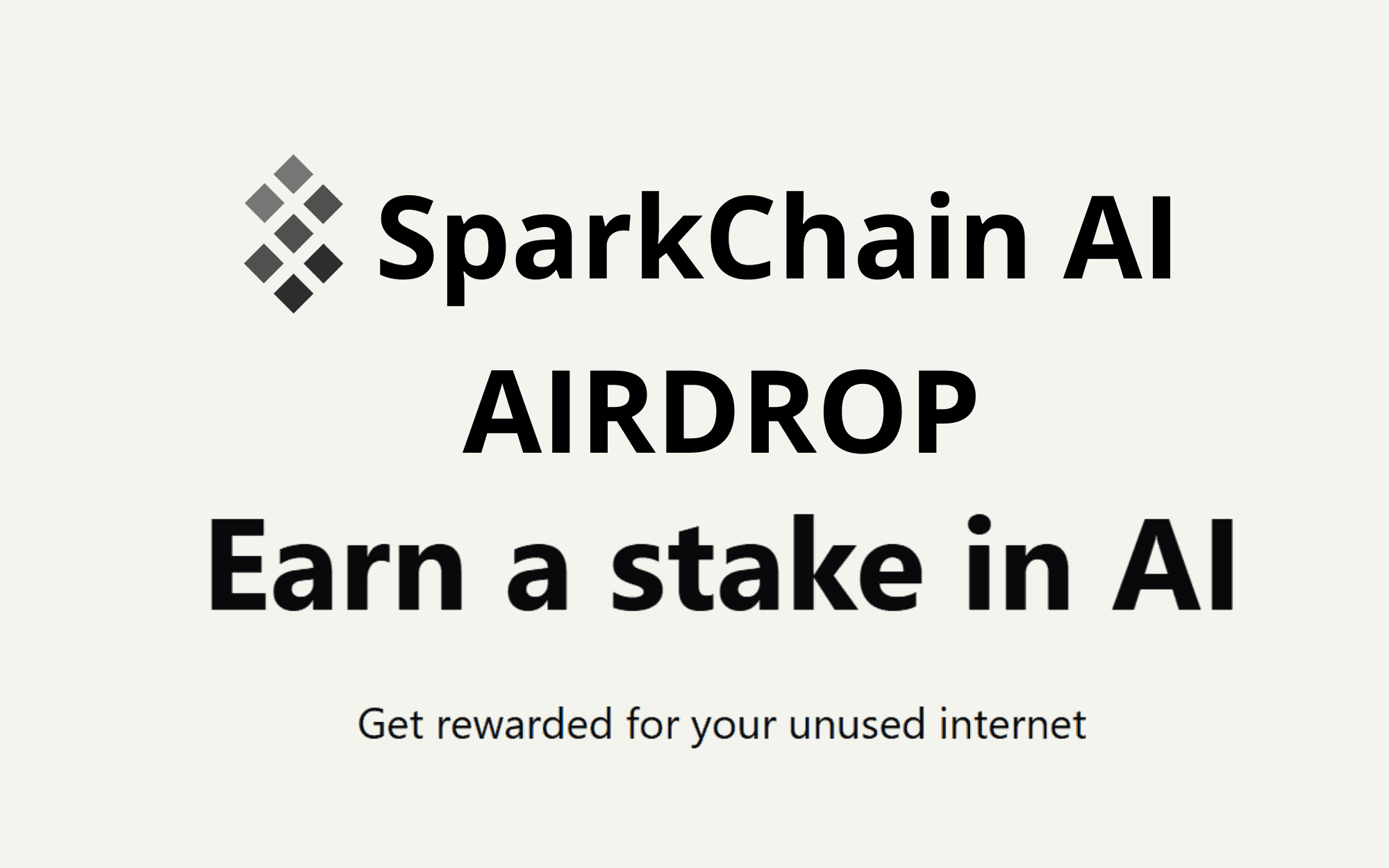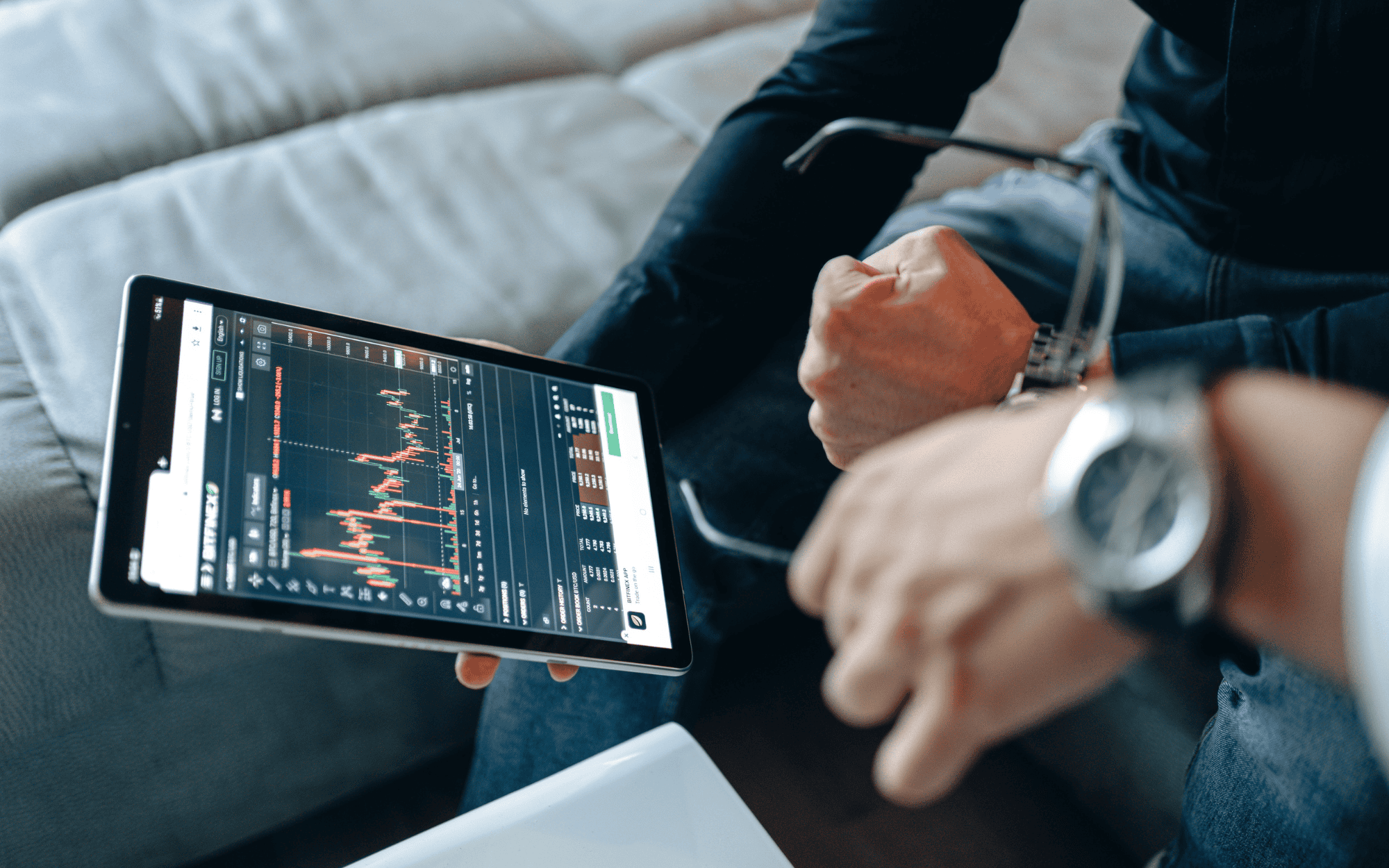In the world of cryptocurrency, DYOR, or “Do Your Own Research,” is a fundamental principle for any investor. The crypto market is volatile, complex, and filled with both opportunities and risks. Learning what is DYOR in crypto and how to implement it effectively can help you make informed decisions and avoid common pitfalls. This guide delves into the importance of DYOR, the steps involved, and practical tips for researching cryptocurrency projects.
Understanding DYOR: Why Is It Important?
DYOR is a self-empowerment strategy that emphasizes the importance of individual research when investing in cryptocurrencies. Unlike traditional markets, the crypto space is largely decentralized and lacks standardized regulations. This means investors must rely on their own due diligence to assess the credibility and potential of a project.
Why DYOR Matters
- Mitigate Risks: DYOR helps you identify fraudulent projects, pump-and-dump schemes, and tokens with no real-world utility.
- Make Informed Decisions: By understanding the technology, use case, and market potential of a cryptocurrency, you can invest with greater confidence.
- Avoid FOMO: Fear of Missing Out (FOMO) can lead to hasty investments. DYOR ensures you stay grounded in facts rather than emotions.
Real-Life Example
The rise and fall of meme coins like Dogecoin and Shiba Inu highlight the importance of DYOR. While these coins gained massive popularity, their value depends heavily on market sentiment rather than intrinsic utility. Understanding what is DYOR in crypto can help you navigate such situations effectively.
How to Conduct Research: Key Steps in DYOR
Learning what is DYOR in crypto involves understanding how to evaluate a cryptocurrency project. Here’s a step-by-step approach:
1. Analyze the Whitepaper
A cryptocurrency’s whitepaper is its foundational document. It explains the project’s purpose, technology, use case, and future goals. Look for clarity, transparency, and feasibility in the whitepaper.
- Red Flags: Overly ambitious claims, lack of technical details, or missing information.
2. Study the Team Behind the Project
The credibility of a project largely depends on the expertise and track record of its team members. Research their professional backgrounds, past achievements, and involvement in the crypto space.
- Red Flags: Anonymous team members or unverifiable credentials.
3. Evaluate Market Performance
Check the cryptocurrency’s trading volume, price history, and market capitalization. Tools like CoinMarketCap and CoinGecko are useful for gathering such data.
- Tip: Low trading volume might indicate a lack of market interest or liquidity issues.
4. Understand the Tokenomics
Tokenomics refers to the economic model of the cryptocurrency, including its supply, distribution, and incentives. A well-structured tokenomics model ensures long-term sustainability.
- Red Flags: Excessive token supply or centralized token ownership.
Practical Tips for DYOR
1. Leverage Trusted Sources
Use reliable platforms like Binance Academy, OKX Learn, and CoinTelegraph for educational resources.
- Caution: Avoid basing decisions solely on social media hype or unverified influencers.
2. Join Crypto Communities
Engage with communities on Reddit, Telegram, or Discord to gather diverse perspectives. However, remain cautious of biased or promotional content.
- Example: Discussions on r/Cryptocurrency often provide insights into emerging projects.
3. Test the Platform
If possible, interact with the project’s platform or dApp to evaluate its usability and functionality.
- Example: Trying out DeFi protocols before investing in their tokens.
DYOR in Action: Example Projects
1. Ethereum (ETH)
Ethereum’s robust ecosystem and clear use case as a platform for smart contracts make it a prime example of a well-researched investment.
- Key Insight: Understanding Ethereum’s scalability solutions like Layer 2 and Ethereum 2.0 is essential for DYOR.
2. Cardano (ADA)
Cardano emphasizes a research-driven approach to blockchain technology, aligning with the principles of DYOR.
- Key Insight: Analyze Cardano’s peer-reviewed development process to assess its long-term potential.
Final Thoughts on DYOR in Crypto
Understanding what is DYOR in crypto is crucial for navigating the dynamic and unpredictable cryptocurrency market. By conducting thorough research, analyzing key metrics, and staying informed, you can make smarter investment decisions. DYOR is not just a practice—it’s a mindset that empowers you to take control of your financial future in the crypto space.

